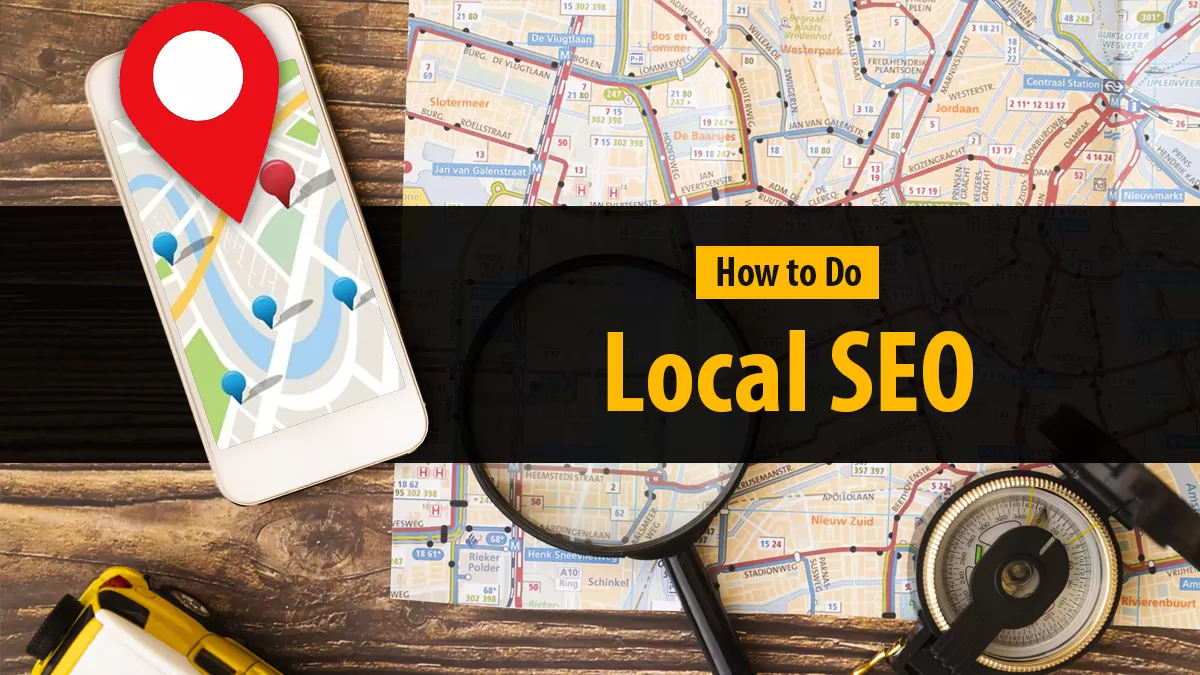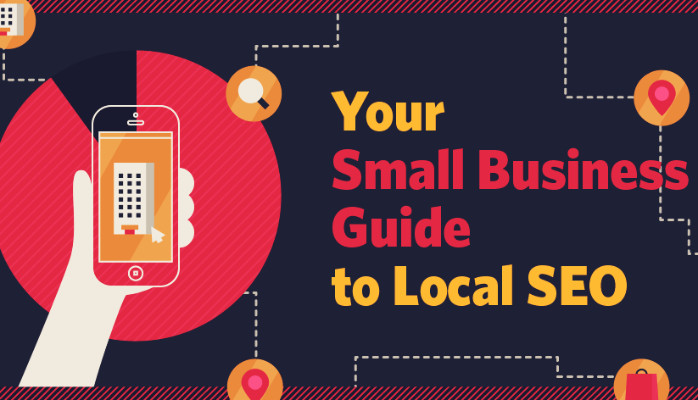In the competitive world of e-commerce, local SEO is often overlooked by businesses focusing on a national or global audience.
However, optimizing for local search results can be a goldmine for businesses that want to attract nearby customers.
This guide will show you how to write effective content that enhances your local SEO strategy for e-commerce.
What is Local SEO for E-Commerce?
Local SEO involves optimizing your e-commerce store to rank higher in search results for location-based queries. When a customer searches for products or services near them, Google provides a list of businesses that match the query. For e-commerce sites with physical locations or local service areas, this can drive more foot traffic and online sales from nearby customers.
For example: A search for “buy organic skincare products in [City Name]” could lead potential customers directly to your store if your content is properly optimized.
Key Elements of Local SEO Content Writing
1. Use Local Keywords
Incorporating location-specific keywords in your content is crucial. These keywords signal to search engines that your business is relevant to searchers in that area.
How to do it:
- Use tools like Google Keyword Planner or SEMrush to find locally relevant keywords.
- Include long-tail keywords with local intent (e.g., “best furniture store in Brooklyn”).
- Place these keywords naturally within product descriptions, category pages, blog posts, and meta descriptions.
2. Optimize Product and Category Pages
Product and category pages should also reflect local SEO efforts.
Tips for optimization:
- Include the city, town, or region name in product titles and descriptions (e.g., “Quality Leather Jackets in New York”).
- Add local modifiers in meta descriptions and image alt texts to boost relevance.
- Ensure that location-based schema markup (like store locations) is added to your pages.
3. Create Location-Specific Landing Pages
For businesses with multiple locations or a broad service area, creating individual landing pages for each region or city can significantly boost visibility.
Content ideas for location pages:
- Write about the services or products you offer in that specific location.
- Include store hours, addresses, Google Maps embed, and directions.
- Add localized testimonials or reviews to build trust with your local audience.
4. Leverage Google Business Profile (GBP)
One of the most powerful tools for local SEO is your Google Business Profile. Optimizing this profile can help your business show up in local map searches, which is a big boost for visibility.
What to include:
- Ensure your Name, Address, and Phone number (NAP) are consistent across your GBP and website.
- Write a detailed description of your business, including local keywords.
- Regularly post updates, offers, or promotions targeted at local customers.
5. Write Localized Blog Content
A blog can be an excellent resource for attracting local traffic. By writing blog posts centered around local topics or events, you increase your chances of appearing in searches with local intent.
Content ideas for localized blogs:
- Write about local events related to your niche (e.g., “Best Local Craft Fairs to Buy Handmade Jewelry in [City Name]”).
- Collaborate with local influencers or feature interviews with local experts.
- Highlight community involvement or support for local causes.
6. Use Customer Reviews and Testimonials
Customer reviews, especially from locals, are crucial for both SEO and trust-building. Encourage satisfied customers to leave positive reviews, as this can have a direct impact on your local rankings.
How to implement reviews:
- Add a review section to product and service pages.
- Encourage customers to leave reviews on your Google Business Profile, Yelp, or local directories.
- Showcase these reviews on relevant local pages to enhance credibility.
7. Local Backlink Strategy
Backlinks from local businesses, newspapers, or bloggers can greatly improve your local SEO performance. These backlinks signal to search engines that your business is trustworthy and relevant in your local community.
How to build local backlinks:
- Collaborate with local bloggers for product reviews or features.
- Partner with local businesses for co-hosted events or promotions, and ask them to link back to your site.
- Sponsor local events or charities, and request a link on their websites.
8. Mobile Optimization
Most local searches happen on mobile devices. It’s essential to make sure your e-commerce site is mobile-friendly, ensuring smooth navigation and fast loading times on smartphones.
Optimize for mobile by:
- Using responsive design so your site adjusts to different screen sizes.
- Reducing page load times with compressed images and minified code.
- Simplifying the mobile navigation and checkout process to minimize friction.
9. Incorporate Social Media with Local SEO
While social media doesn’t directly impact SEO rankings, it does influence your local presence. Use your social media profiles to engage with local communities and share location-based content.
Best practices:
- Create location-specific promotions and share them across your social media accounts.
- Tag local events or locations in your posts to increase exposure.
- Encourage local customers to share their purchases or experiences and tag your business.
10. Voice Search Optimization
With the rise of smart speakers and voice search, optimizing your content for voice queries can give you a significant edge. Voice search is often used for local inquiries (e.g., “Where can I buy organic pet food in [City Name]?”).
Tips for voice search optimization:
- Write in a conversational tone, as voice search queries are usually longer and more natural.
- Focus on question-based keywords (e.g., “Where can I buy…?” or “Best place for…”).
- Optimize your FAQ section to answer common questions related to local searches.
Final Thoughts
Local SEO for e-commerce is all about relevance and proximity. By creating localized content that focuses on user intent and optimizing it for search engines, you can tap into a market of nearby customers eager to buy your products. From using local keywords and Google Business Profile to generating local backlinks and reviews, the tactics discussed here will give you a solid foundation to boost your local SEO efforts.
Remember, the key to success is consistency—maintaining up-to-date information, regularly publishing localized content, and engaging with your local audience across multiple channels.




